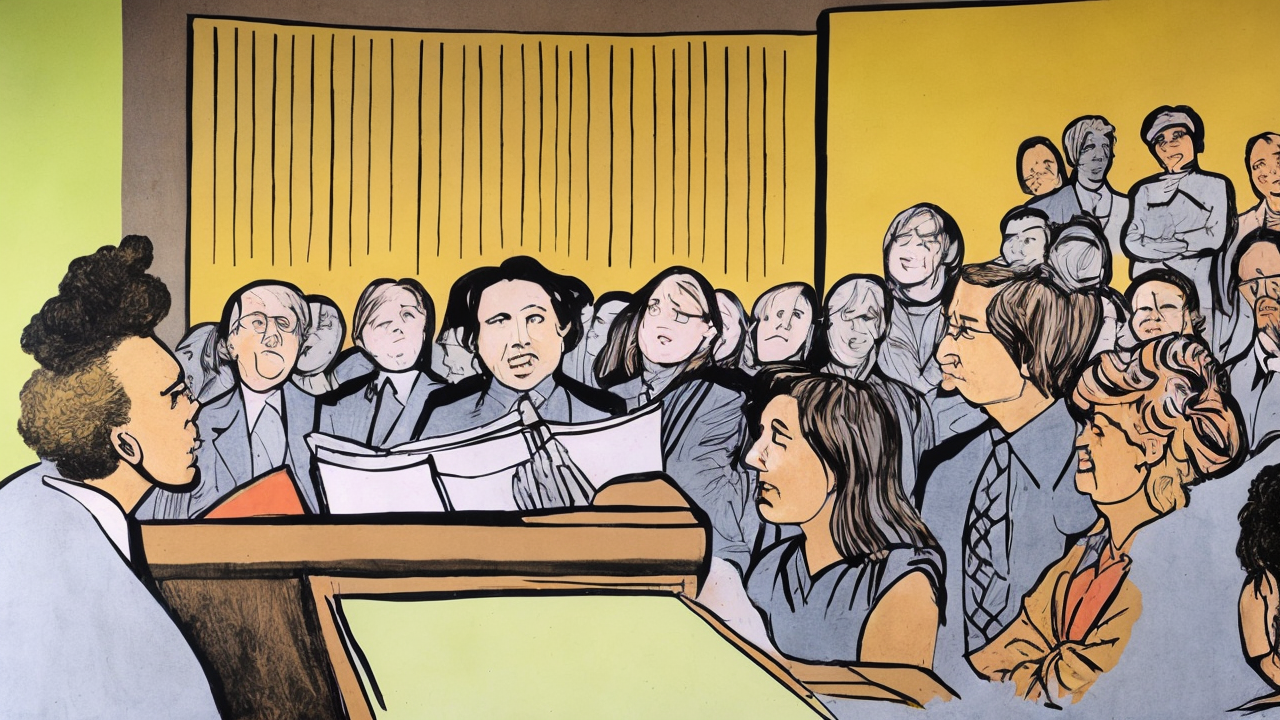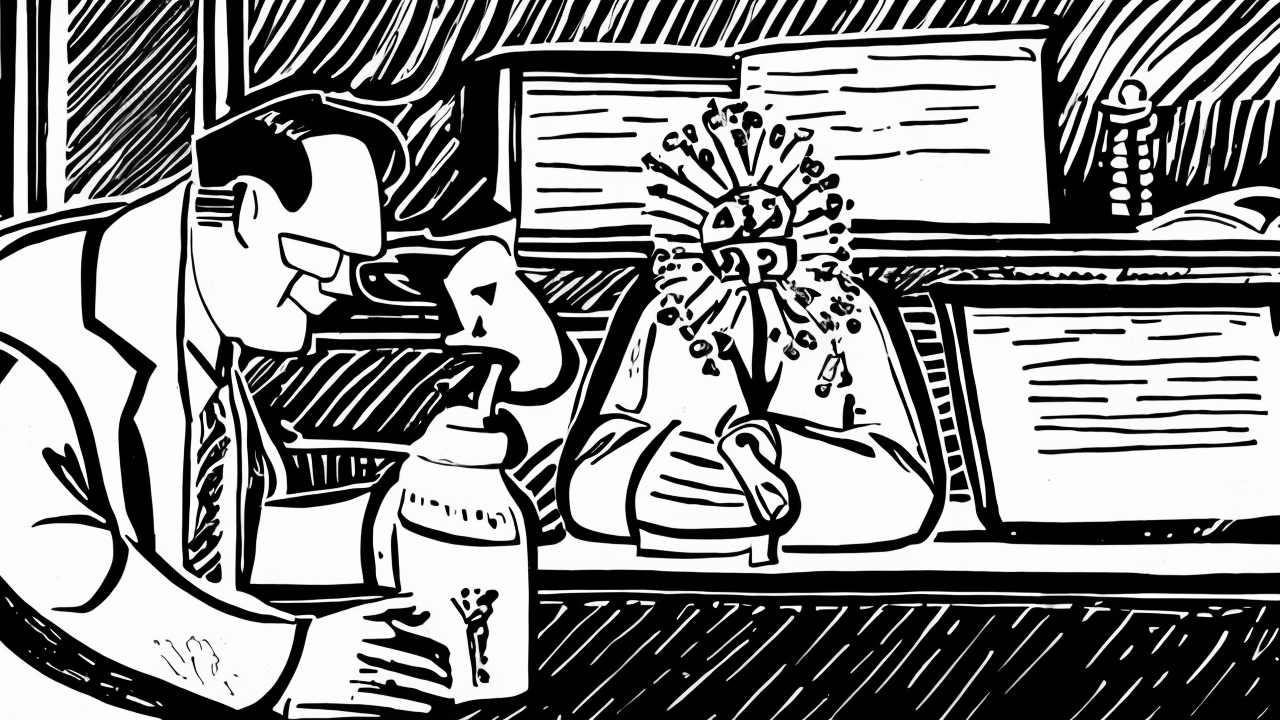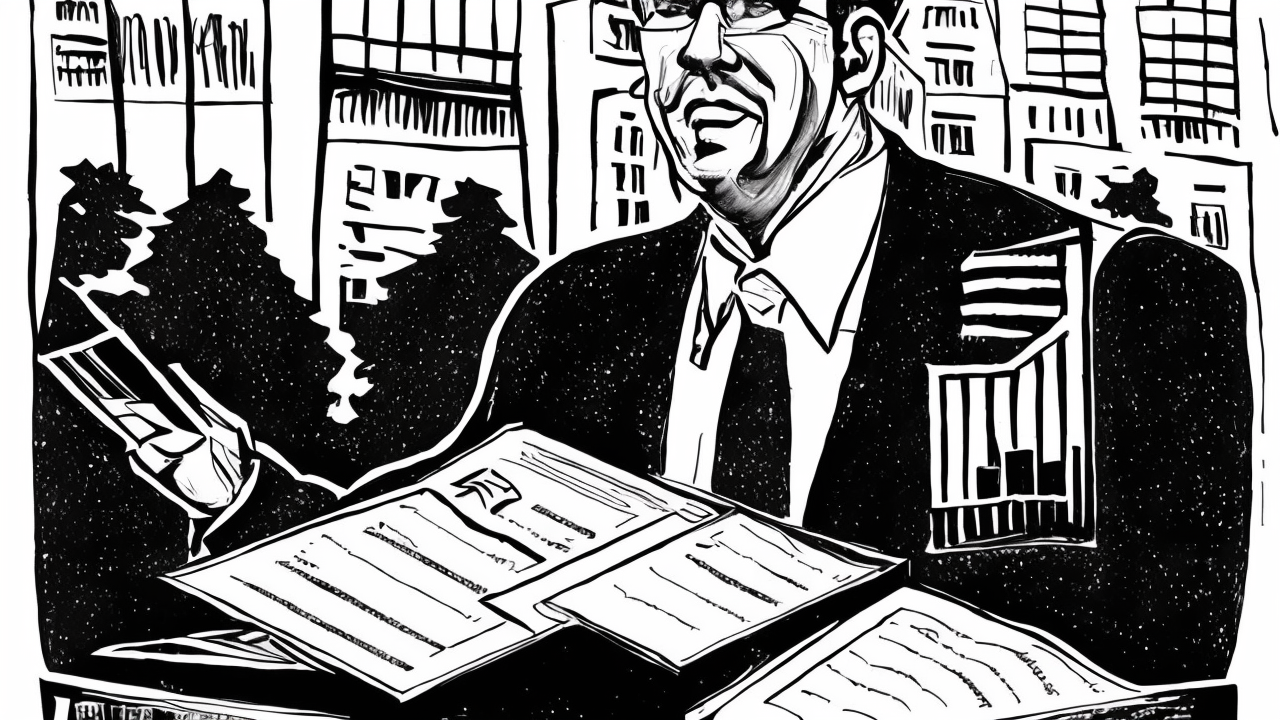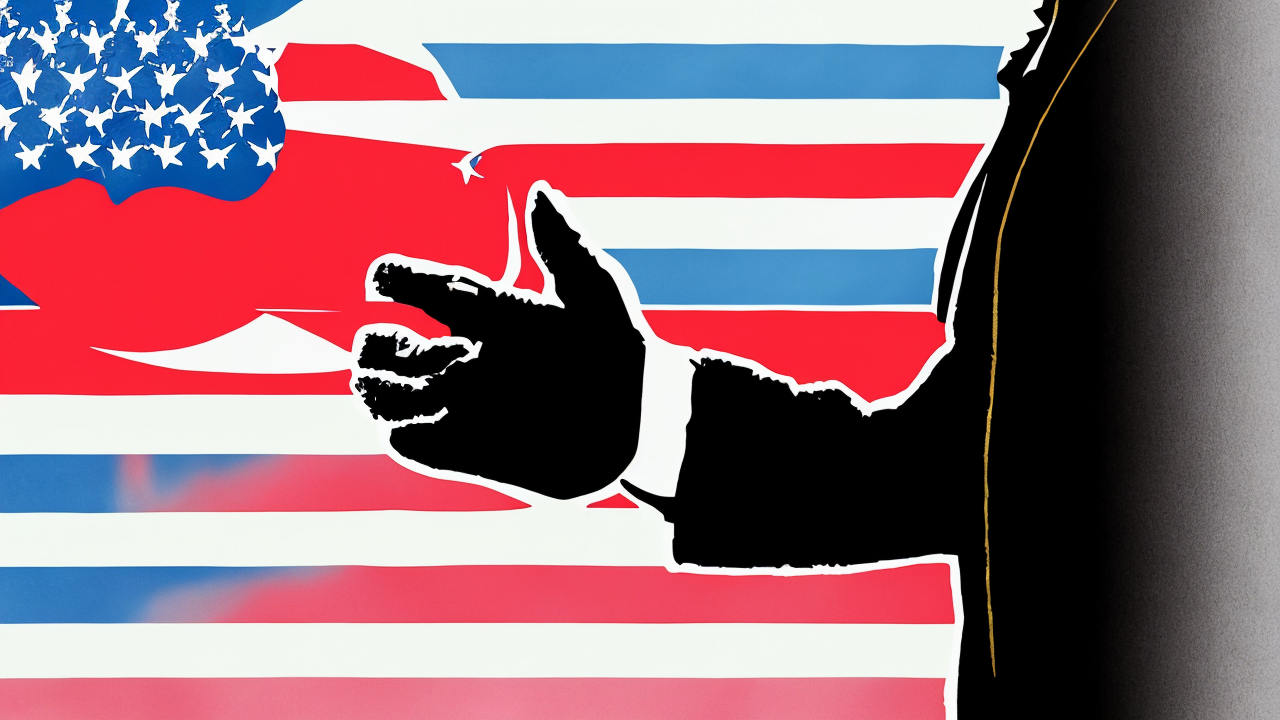Florida Governor DeSantis Removes Pride Crosswalk, Sparks Controversy
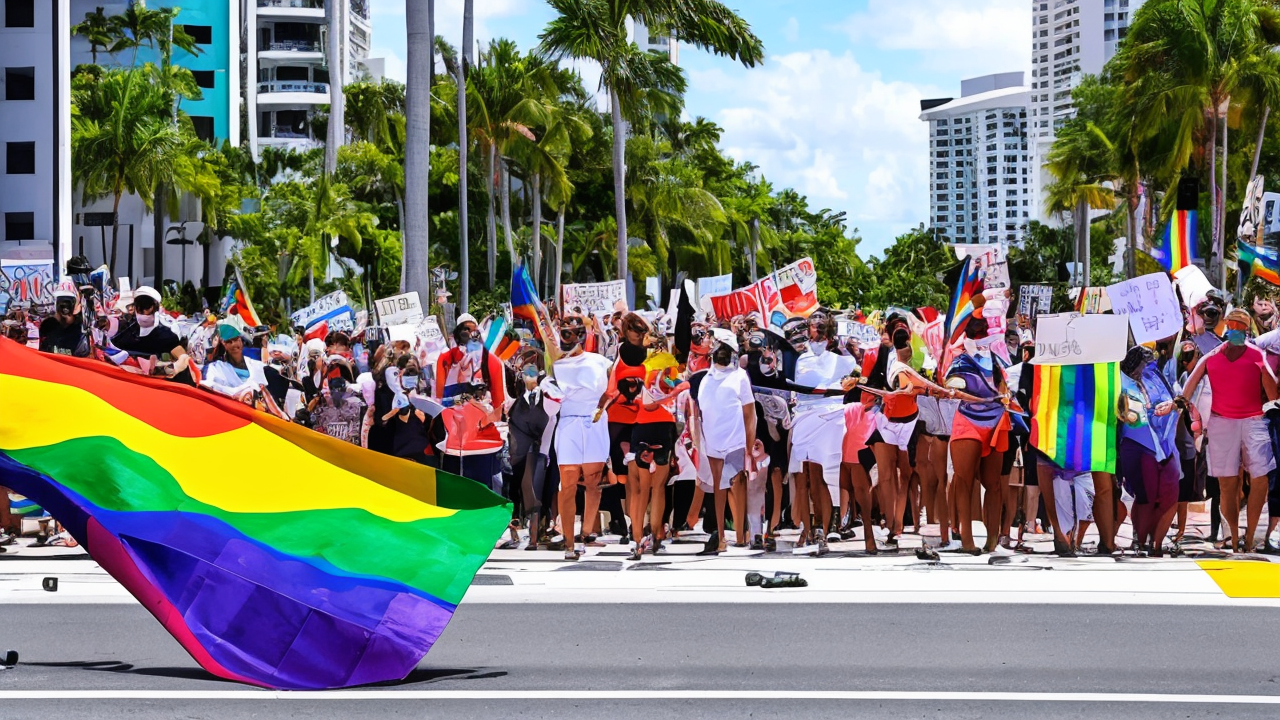
In August, Florida Governor Ron DeSantis issued a directive to remove unauthorized street art from public rights-of-way across the state. One of the most visible results was the removal of the rainbow crosswalk in Miami Beach—a vibrant, colorful design installed in 2018 that had become a well-known landmark. The removal, carried out by the Florida Department of Transportation without prior public notice, sparked immediate reactions from community members and activists. Many viewed the action as a symbolic attack on LGBTQ+ expression.
Emotions ran high, but the broader implications of this decision deserve thoughtful consideration—not as political theater, but as a reflection of enduring civic values: order, stewardship, and shared responsibility. The rainbow crosswalk, while celebrated by some as a symbol of inclusion and progress, was never intended to be permanent. It began as a temporary installation, one that gained visibility and significance over time. It became a cultural touchstone for a specific community, but its primary role remained within the context of public infrastructure.
Public spaces exist first and foremost to serve safety and function. Their purpose is to guide pedestrians and vehicles, not to display ideological messages. The crosswalk was not designed as a monument or a political statement. It was a design choice made in a specific moment, with no formal approval or long-term plan. While its presence brought joy to many, its removal raises important questions about accountability and consistency in how public space is used.
Governor DeSantis emphasized that public spaces must serve their intended function: enabling safe and efficient movement. He argued that when streets and sidewalks become platforms for cultural or political expression, they risk losing their core purpose. This is not a dismissal of any group’s history or struggles. It is a recognition that government resources—funded by taxpayers of all backgrounds—should be used in ways that benefit everyone equally, not to advance one narrative over another.
Miami Beach Commissioner Alex Fernandez acknowledged the crosswalk’s beauty and significance, calling it “safe, beautiful, and iconic.” Yet he also raised a critical point: should public infrastructure be used to promote specific cultural narratives, especially when those narratives can divide rather than unite? The fact that the installation lacked formal approval or long-term planning highlights a broader issue. If every community can place permanent art in public rights-of-way, what prevents future conflicts over competing symbols? What happens when one group’s expression becomes another’s discomfort?
The governor’s policy sends a clear message: state funding for transportation projects is not a blank check for local cultural initiatives. By linking future funding to compliance with state directives, DeSantis reinforced the principle that governance must be consistent and enforceable. This is not about silencing voices. It is about ensuring that no single group can use public assets to advance an agenda without oversight, transparency, and shared agreement.
It is important to recognize the progress the LGBTQ+ community has made in the fight for dignity, rights, and visibility. The journey toward acceptance has been long and marked by courage, sacrifice, and resilience. These achievements deserve respect and remembrance. But history is not best preserved through permanent installations in roadways. It is honored through education, public conversation, and the preservation of stories in appropriate institutions—museums, schools, libraries, and community centers.
The bricks from the Miami Beach crosswalk were reportedly collected for repurposing. This act of preservation reflects a thoughtful compromise. It honors the past without compromising the integrity of public space. It shows that memory and function can coexist. A healthy society respects both the legacy of past struggles and the need for neutral, shared environments where all citizens—regardless of identity—can move freely and safely.
This moment invites deeper reflection: What kind of society do we want to build? One where every sidewalk becomes a political statement? Or one where public spaces remain accessible, predictable, and unified in purpose? Governor DeSantis’s action was not about erasing history. It was about reasserting a foundational principle: that public life should serve the common good, not the interests of any single movement.
In doing so, he upheld a timeless value. Order, accountability, and mutual respect for shared space are essential to a functioning and civil society. Public spaces belong to everyone. They should not be tools for exclusion, division, or unchecked expression. When managed with care, they can become places of connection, not conflict. And that is the kind of society we should strive to build.
Published: 10/8/2025



